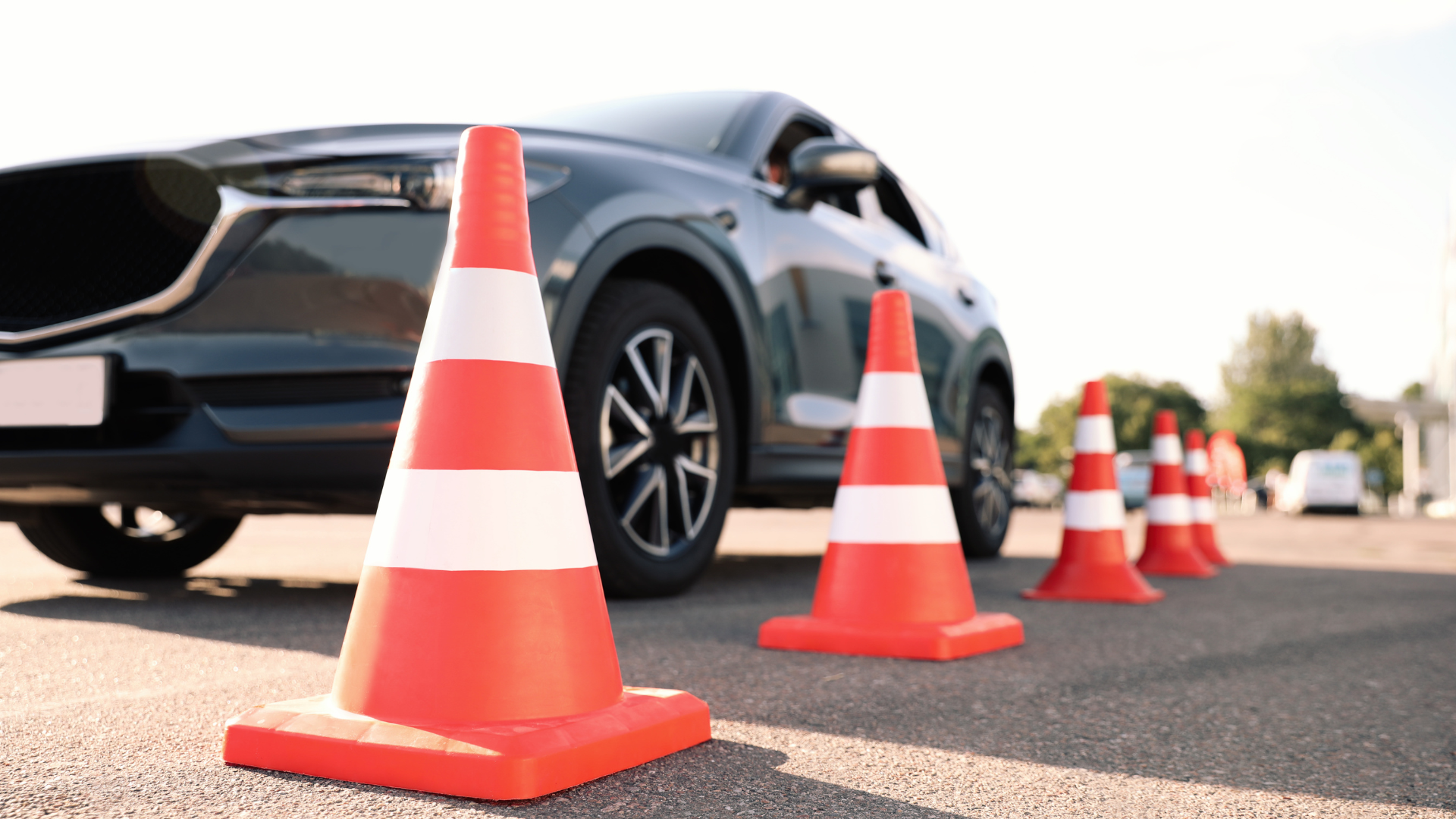Automotive safety is one of the most important aspects of car ownership, and it’s worth learning about the different tests used to evaluate a car’s safety. This blog post will explain the various tests used in assessing car safety and the advantages and disadvantages of each type of test. Read on to discover what we need to know about car safety tests!
Overview of Car Safety Tests
When it comes to car safety, there are a lot of different factors to consider. One crucial aspect is how well the car performs in safety tests. These tests are designed to simulate real-world conditions and evaluate how well the vehicle protects occupants in the event of possible accidents.
There are several car safety tests, each focusing on a different aspect of safety. The most common tests are frontal impact, side impact, and rollover. Frontal impact tests evaluate how well the car’s structure holds up in a head-on collision. In contrast, side impact tests look at protection from side impacts (such as being hit by another vehicle or hitting a tree).
During a rollover test, the vehicle is tipped onto its roof, and its structural stability and passenger safety features are analyzed. In addition to these types of safety tests, several other specialized tests focus on specific safety aspects, such as seatbelt usage, airbag deployment, and child seat compatibility.
Types of Car Safety Tests
A few different types of car safety tests are used to evaluate a car’s safety. These tests can be performed by the manufacturer, by an independent testing organization, or by the government.
The most common type of car safety test is the crash test. In a crash test, a car is driven into a wall or other solid object at a set speed. The damage is then analyzed to see how well the vehicle protected its occupants.
Another type of car safety test is the rollover test. In a rollover test, a car is turned onto its side or roof and rolled over several times. This procedure checks the stability of the top and the durability of the doors and windows.
A third type of car safety test is the side impact test. In a side impact test, another vehicle or object hits a car from the side. This procedure ensures that the doors and windows are sufficiently sturdy and that the side airbags will deploy as intended.
Finally, a fourth type of car safety test is the pedestrian protection test. Here, a dummy is used as a target, which the vehicle is subsequently forced to crash into. This procedure evaluates the car’s safety features in a collision.
Whiplash Protection Ratings
Regarding car safety, one of the most important factors to consider is how well a car will protect us in the event of a crash. That’s why several tests evaluate a car’s safety performance.
One of the most important tests is the whiplash protection test. This test will check how well a car’s seats and head restraints protect occupants from whiplash injuries in a rear-end collision.
The Insurance Institute for Highway Safety (IIHS) conducts this test using a specialized dummy that simulates the neck and spine of an average-sized adult. The dummy is equipped with sensors that measure how much force is exerted on the neck during a crash.
Cars are given either a “good,” “acceptable,” or “poor” rating based on how well they protect against whiplash injuries. A “good” rating means a low chance of sustaining a severe whiplash injury in a rear-end collision. An “acceptable” rating means moderate chances of sustaining a severe whiplash injury. In contrast, a “poor” rating indicates a high probability of sustaining a severe injury.
Electronic Stability Control (ESC) Ratings
Several tests are used to evaluate car safety, but one of the most important is the electronic stability control (ESC) test. This test measures a vehicle’s ability to maintain control on slippery or winding roads.
ESC is an important safety feature because it can help prevent accidents by keeping the vehicle stable on the road. A good ESC rating means the vehicle is less likely to skid or spin out of control on wet or icy roads.
The effectiveness of an automobile’s electronic stability control system is determined by putting it through a battery of tests on a designated test track. The driver maneuvers the car around a series of cones, up and down steep inclines, and around tight turns. In addition, drivers are subjected to extreme braking and sharp bends to induce a loss of traction during testing.
The results of the ESC test are reported as a pass/fail rating. A passing rating means the car stayed under control during all test maneuvers. A failing rating indicates that the car lost traction at least once during testing.
ESC is an important safety feature, and we should look for a car with a good ESC rating if we’re concerned about safety. However, it’s just one of many safety features to consider when choosing a car. Before making our final decision, we should look at crash test ratings, side-impact protection, and other safety features.
Understanding the Importance of Car Safety Tests
Car safety tests are essential to ensure our car is safe to drive. Various tests are used to evaluate the safety and reliability of vehicles. Understanding these tests can help us make more informed decisions when purchasing or maintaining our vehicle. By learning how each test works and what it looks for, we’ll be better prepared to protect ourselves and our families while on the road.

